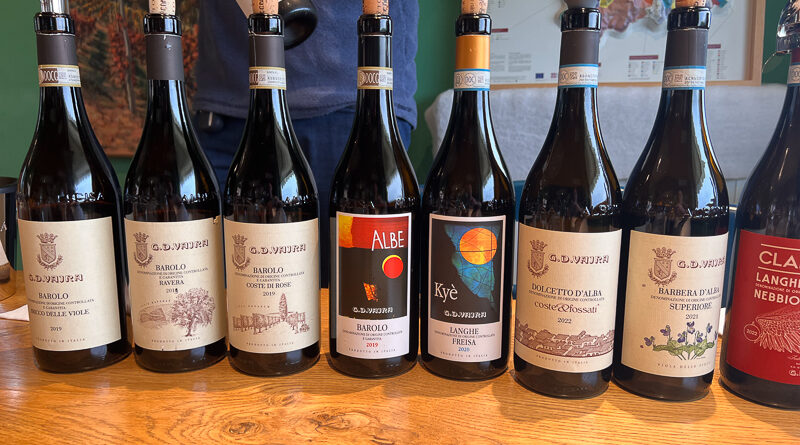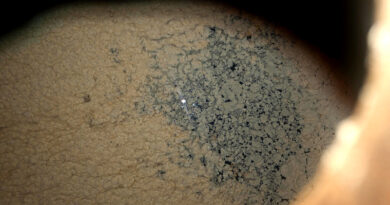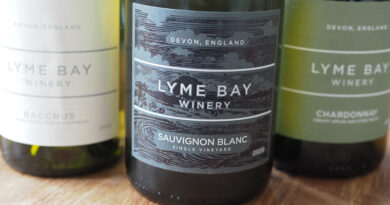Piemonte adventure (5) visiting GD Vajra, one of Barolo’s top producers
Website: https://www.gdvajra.it/en/homepage
‘We are 50 years old, which makes us youngsters in the region, and we had a very humble beginning,’ says Giuseppe Vajra, who now runs the winery his parents started in the 1970s. ‘The winery didn’t begin with fancy planning, but we added bits and pieces as we went, and as we could afford. But it is also a beautiful story.’
The winery’s name, GD Vajra, comes from Giuseppe Domenico Vajra, the grandfather of Giuseppe and the father of Aldo, who began things but was too young to sign the papers in 1972 when the name was registered.
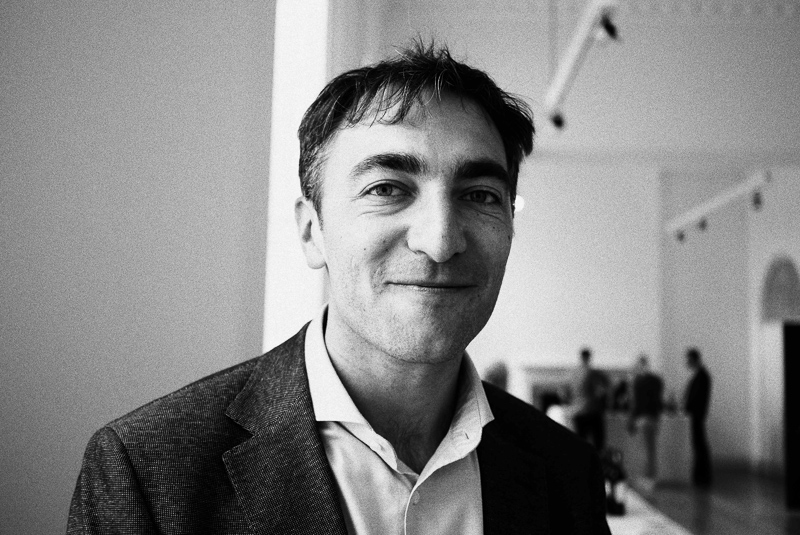
‘It starts with my Dad,’ continues Giuseppe. ‘My dad [Aldo] was pretty much the only kid of his generation who was born and raised in the city as an urban kid. The family moved to Torino after World War 2. My grandfather stood up against facism during the war. He landed a job with the ministry of defence. It was a no-brainer for him because he was in love with our grandmother. It was a good solid job: he could run to her, propose and get married. They settled for a life together in the capital of the region. My dad and his siblings were all born and raised in a booming environment. He had a passion for farming already as a kid. I think it was just overlooked by the family, but there is a fantastic picture of him hugging a lamb. I laugh because my wife and I have four kids and you can only imagine the screaming of my grandmother, her getting very upset: it must have been a special day because he has a bow tie and an impeccable white shirt. I’m sure she was mad.’ [The picture is on the Vajra website.]
‘Then when he was 15 he got caught demonstrating against the army. It was 1968, and I’m not sure whether it was the boldest or dumbest move of his life to be protesting right outside my father’s office. He was caught and sent back to the farm just across the street to spend his summer away from trouble, and by the end of the summer he decided he wanted to be a farmer. In a nutshell, he was the only kid of his generation that chose to become a farmer. When you look at all his peers, Angelo Gaja came from an established family and his father was mayor of Barbaresco. Dominico Clerico, Elio Altare, these were all kids born and raised on their own farms and they often went on to establish their own name on the label but they were born and raised on their farms.’
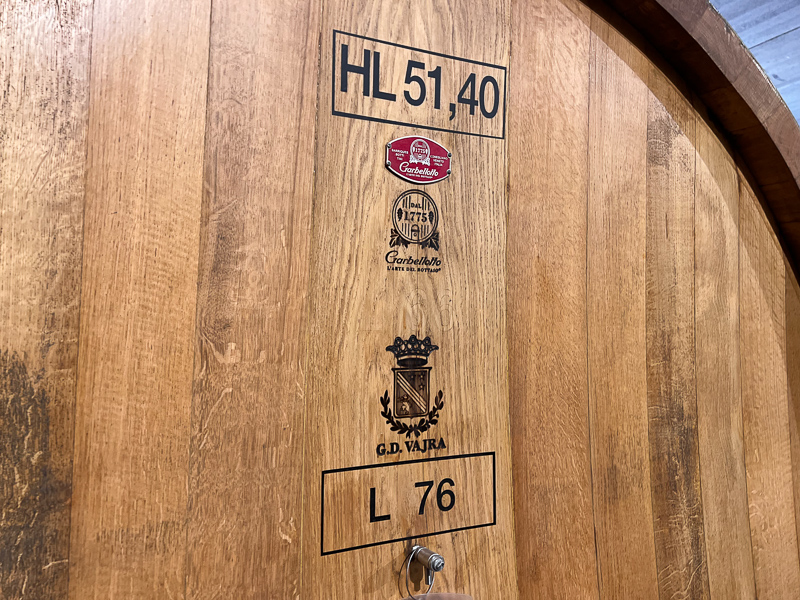

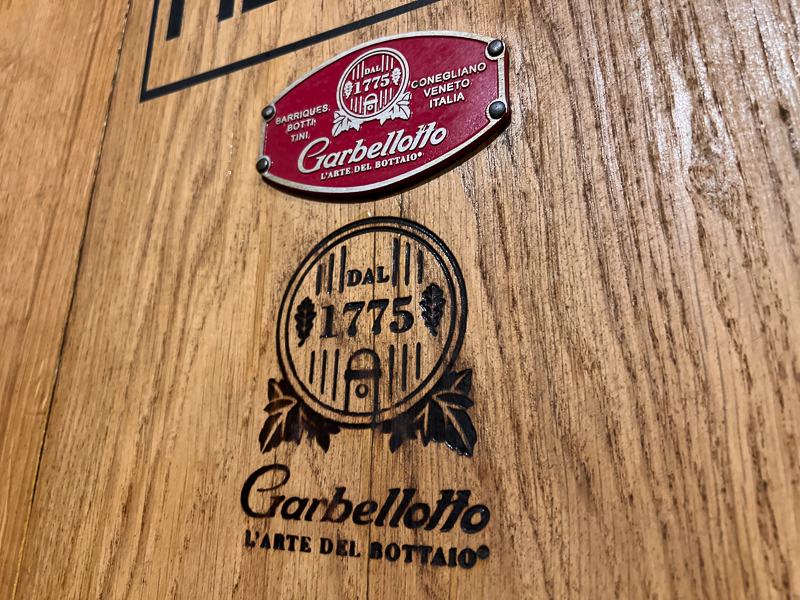
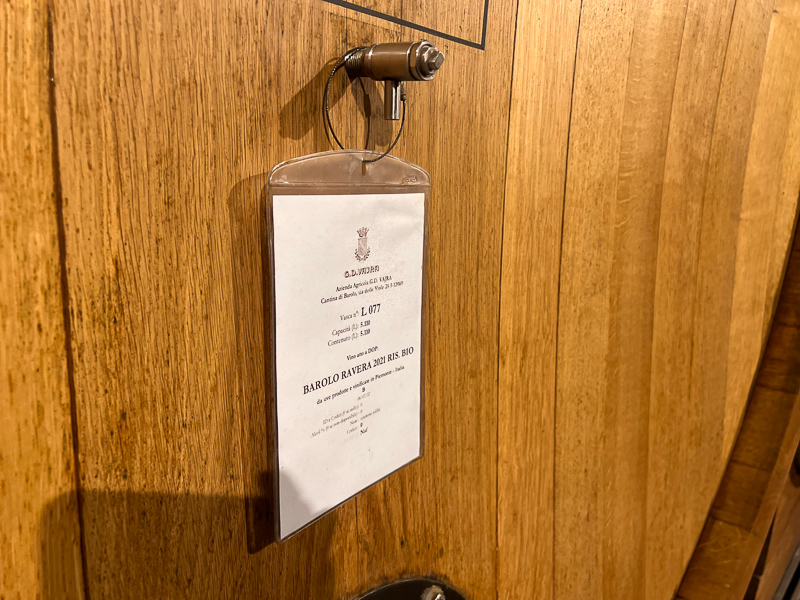
So where did Aldo go? ‘The family still owned a little bit of land. It was my grandfather’s mother’s land. He was orphaned at a young age, so it was precious to him, but it had been given to share croppers. Between 1948 and 1968 sharecroppers were farming it, selling the crop and keeping half of it. My grandparents didn’t want a hippy son but they also didn’t want a farmer son so they opposed his dream for a while, with a lot of respect, but they just believed it was the wrong decision. But my dad was very stubborn. The deal was he was allowed to farm a piece of land in his free time but he had to get a college degree. He was one of the earlier people in the region with a degree in agriculture with a specialism in viticulture. He became a professor in viticulture at the local high schools. There were a lot of silver linings from the beginning. Having to study, he met Francesco Garofalo, who was one of the only two academics in Italy interested in ecologia (organic farming). So we had an early start into organic farming in 1971. He could land jobs as a teacher which was very important through those early days to earn a little bit of money to invest into the farm.’
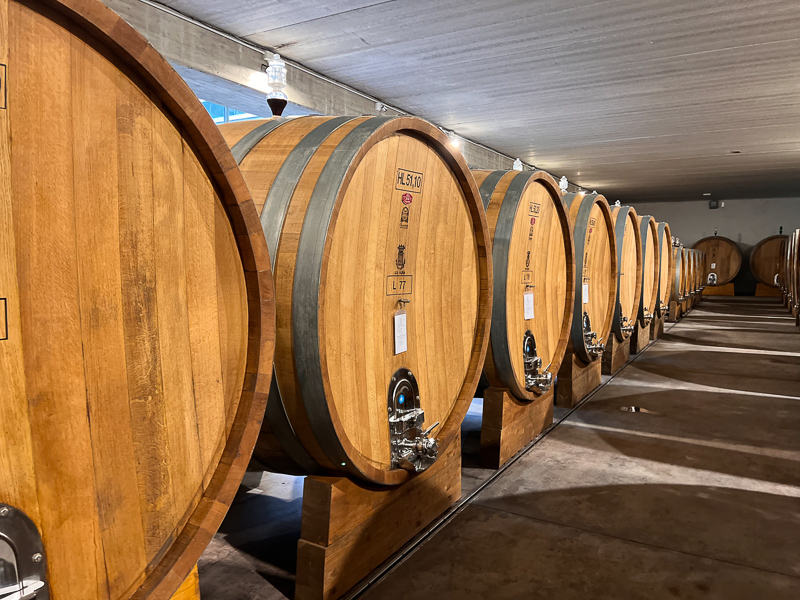
Then in 1984 our parents got married. Our mum was very young and she was from a farming family but studied sociology. As a woman in farming in the 1980s she felt like she should have a standing of her own. They signed the building of this cellar three hours after the worst hailstorm in memory in the region on May 29th 1986.’
Some people were hit so hard they had to replant their vineyards. A whole generation of wine growers decided they had had enough, and moved away.
‘This was the straw that broke the camel’s back, but for us it was the chance to cherry pick some vineyards, and learn a big lesson that was not taught in college.’ The feeling at the time was that it was best to have vineyards all in the same place for efficiency; the hailstorm illustrated the wisdom of having lots of plots all around the different hillsides to minimize risk.
‘Today we are a very inefficient winery,’ he says. ‘We are medium-plus sized for the region. We are inefficient because of having to start from scratch and make some first-generation mistakes. We always felt it was an honour to farm a vineyard, so over the years we have acquired more vineyards. We never had a size ambition or business plan; it was much more about the honour of farming vineyards.’
‘All the fruit is treble sorted. We still have these romantic small baskets, which many wineries have dropped in favour of bins. We have limited automatic pumping systems; it is all very manual, so we can be physically on the juices and ferments.’
‘We do like stainless steel, although it is not the flavour of the day. We see a big trend shift from the 1990s of having lots of new French oak to 2020 with the amphorae and concrete. We love many wines made with concrete, but our parents had this choice to use stainless steel. It’s like taking pictures on your phones without a filter. Oak or concrete can be filters.’
So what about the traditionalist/modernist discussion that used to dominate Barolo?
‘There are two attitudes and one different attitude about this 20 years. I notice when you talk to some of the more traditional folks, their approach is like the Japanese soldier on the island who doesn’t know the war has ended, and is still there guarding the island. There is still a sentiment of defence. If you talk to the modern people, I’m not saying they decline to recognise that there was such a reality, but they think it is something from the past and no one cares anymore. I like to think of the 20 years of the 1980s and 1990s as teenage years for the region. A lot of walls were hit both ways. Just as much as modernism became use or abuse of oak, so I feel that we forgot that some of traditionalism had become an alibi, not to make better wines and have cleaner cellars. Running water only came to the region in the 1970s. Up until the 1960s all the water used in washing came from wells. The only way to embrace what has happened is to look at it as teenage years where some mistakes were made, but they were needed for the region to mature into adulthood.’
‘It is a narrative that soon becomes boring,’ he says. ‘It has been forgotten but not all the traditional wines were sound wines. What we are trying to do here is a clean traditional style. Maceration times are extremely long.’
Farming is certified organic. ‘We have a big emphasis on biodiversity,’ says Guiseppe, referring both to the rootstock and massal selection in the vineyards, but also the biodiversity surrounding the vineyards. ‘There has always been a very balanced approach from our dad. I remember when we were growing up we were primary school kids but we would hear the talk from the adults. In politics, but also in viticulture. We knew about modernists and traditionalists growing up. We knew some people were doing the crazy short pruning, the super low yields, and even if you were a kid and had no perspective of why this was important, you could feel there was a hype. Our dad was never excited by that; we always had an approach of balance in growing the vines, balance in the vigour. Anything that allowed us to craft wines with a bit more acidity, to avoid the super-fleshy style.’
THE WINES
GD Vajra Slarina 2020
This is a native grape of the region, originally from the north which is more famous for white varieties. Very little is known about this variety, but it’s very exciting. We planted almost a hectare four or five years ago, and then planted more. One of the problems with Barbera now is that the alcohol is sky-rocketing. You go from 14% to 15% in less than a week. We tried picking at 13% but they were a bit disappointing: picking early doesn’t work. Slarina has a stronger resistance to heat and the sugar accumulation and breakdown of acids is slower. Juicy and fine with lovely redcurrant and red cherry fruit. Fresh and expressive with lovely acidity, showing a hint of aniseed and juicy red fruits, with good acidity. So lovely. 94/100
GD Vajra Chatus 2020
This comes from a small town at the foot of the alps. The synonym of this grape was Nebbiolo from this town. Albrarossa was a cross of Chatus and Barbera. Chatus has the features to survive mountain weather: small berries, thick skin, high acid content. More spread on the Savoie side of the alps. They planted 0.6 hectares. Full in colour, this is substantial and dense with bold berry and black fruits, with firm structure and good acidity. Has freshness, purity and good weight. Lovely density here. 94/100
GD Vajra Langhe Nebbiolo 2021
Fresh, supple and pure with nice brightness. Fruity and expressive with lovely red cherries and plums as well as some chalky, grainy notes. Textured and detailed. 93/100
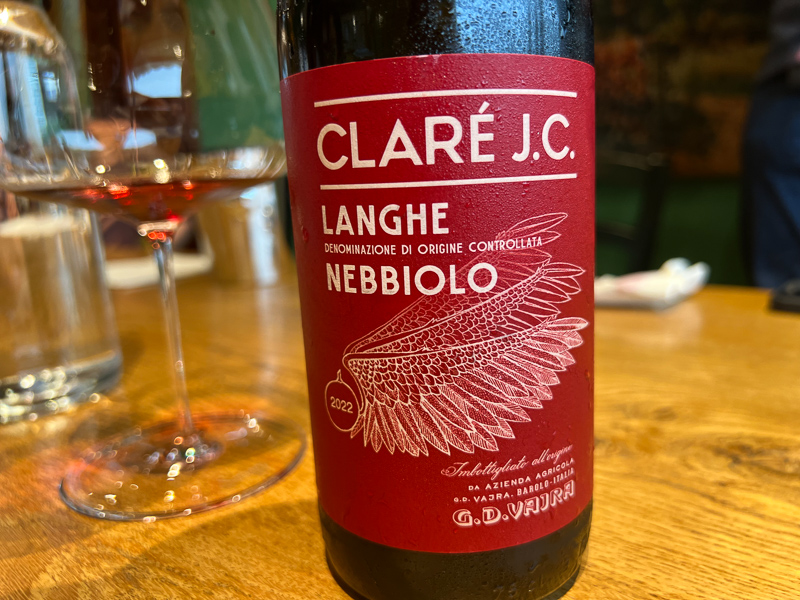
GD Vajra Claré J.C. Langhe Nebbiolo 2022
‘We grew up without TV, but there was a love for books,’ says Giuseppe. The family has steadily collected books, and it is one of his passions. ‘At some point we looked behind ourselves and we had 3000 viticulture books.’ So during the pandemic he kept the hospitality team busy cataloguing the collection. Giuseppe began collecting books when he was at college. ‘I heard there was a warehouse not far from here that had old books. My only mistake was to show too much excitement because at some point the guardian said this is enough for today! I bought 20-30 copies of De Lorenzi Fantini which is a manuscript written by a surveyor in Monforte in 1897, which was an impressively detailed account of the farming and winemaking at the time. Also, he lists the vineyards. The list of the vineyards has been tampered. In the 1970s they made 1000 copies of the book, and you can see that there is a different hand tampering some of the vineyard lists. But it is a beautiful book. Then there was an unassuming book from Gio Battista Croce. He was originally from Milan or Lombardia but had moved to Turin as the bourgoise lived in the city, but had their own land with their own cattle and vineyards. In the preface of the book, he shows off and says so many people ask me how I make my wines I decided to write a book. It’s an impressive historical proof of a different approach to winemaking. In school our teachers told us that before Barolo was invented, Nebbiolo was a lighter wine. We got the narrative, before Barolo the wine was messed up. When you read Croce you realise they were doing a different style of wine, but it was made on purpose. One of the winemaking protocols he describes is called Chiaretto. That is this wine.’ He couldn’t call this wine Chiaretto because the name is in use elswere. ‘I tried using Claret with a T but it only lasted two months before lawyers sent me a letter. Croce was recommending two things: to rack the juice frequently to stop the fermentation. This has a microbiological explanation, to exhaust the yeast. Every time you give the yeast a shock they need to absorb more amino acids. That shock of racking wine during fermentation was to burn through the amino acids. Second, they hammered the tops of the barrels to hold the fizz. This is the idea behind Claré. We don’t hammer tops and rack it 20 times, so we chill down to halt fermentation and then use a Moscato tank to hold the fizz.’ This is fresh and expressive with pure red cherry and plum fruit, with nice tannic grip. There’s a bit of dissolved carbon dioxide, and just a hint of sweetness, but this works like a dry wine with lots of lovely red fruits. 92/100
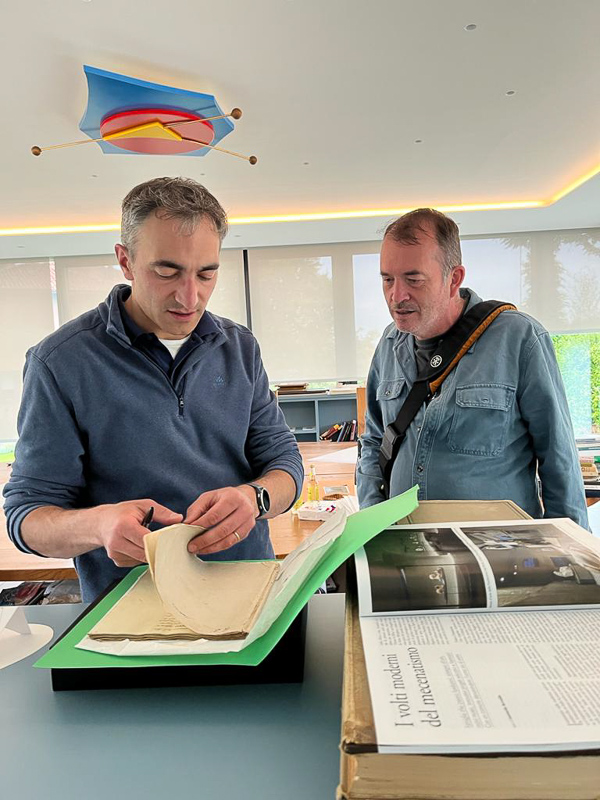
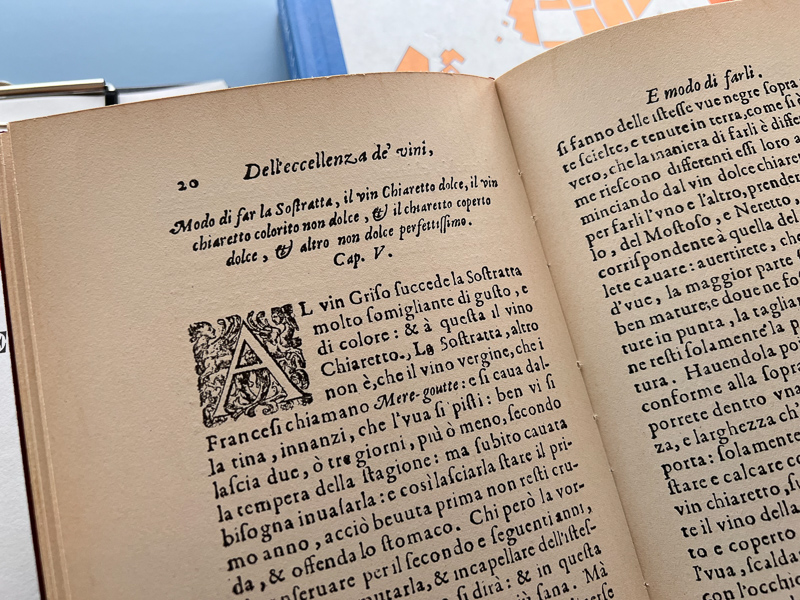
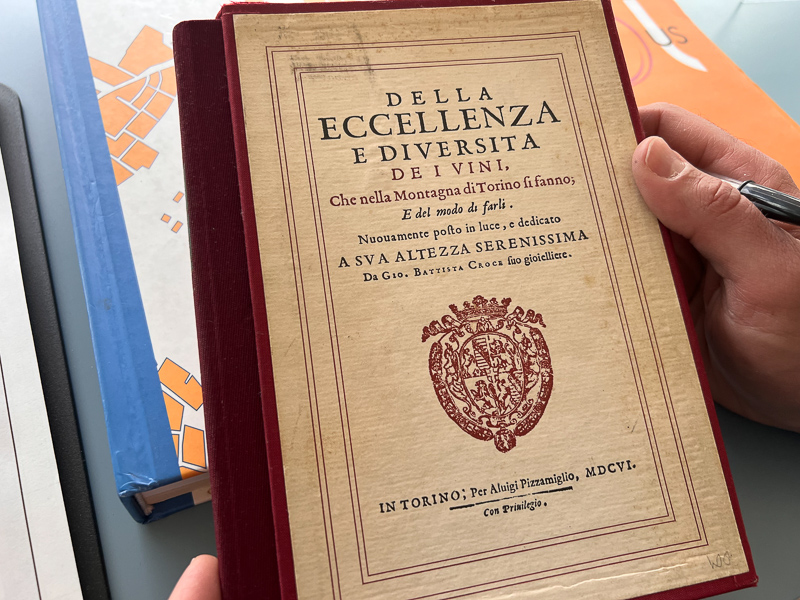
GD Vajra Monterustico Dogliani 2022
Fresh and lively with bright black cherry and plum fruit, with some spicy notes and lovely weight. Pure, substantial and very fine. 94/100
GD Vajra Dolcetto D’Alba 2022
Juicy and bright with cherries, plums and raspberries. Has nice grip with good purity. Nicely elegant and very stylish. 92/100

GD Vajra Dolcetto d’Alba Cosse & Fossati 2022
‘Dolcetto is sometimes the ugly duckling of Piemonte grapes,’ says Giuseppe. ‘The old farmers all love Dolcetto: they grew up in the days before mechanisation. It needs white marl and always got planted at the top of the hills, because it was lower canopy and able to stand the wind. When mechanization started and people got tractors there was ambition to plant more vineyards, and Dolcetto and Barbera were taken from the south-facing slopes and Nebbiolo was put in, and then Dolcetto ended up in the heavier soils. Barbera performed better here, but Dolcetto suffered.’ This wine is a project started in 1979, his dad did selection massale from Dolcetto, getting cuttings from neighbours who were ripping out Dolcetto. This is fresh and expressive with raspberry and cherry notes, showing good acidity and lovely florality. There’s a nice crunch here with good tannins and good acidity. Lovely stuff, with real precision. 94/100
GD Vajra Barbera D’Alba 2021
Nice density here. Supple and fruity, and quite rich, with blackberries and cherries. Has an innate richness. 92/100

GD Vajra Barbera D’Alba Superiore 2021
Originally a single vineyard Barbera in Bricca, but Barbera was sensitive for FD which was a problem here, and the vineyard died. Currently it comes from another vineyard off Barolo planted in 2000. This is submerged cap for 40-45 days. Rich and dense with nice dry spicy tannin as well as sweet black fruits. This is concentrated and fruit-forward but fresh with some good structure, too. Lovely density with a hint of cedar spice and cocoa. Lovely balance here with a lot of impact. 93/100
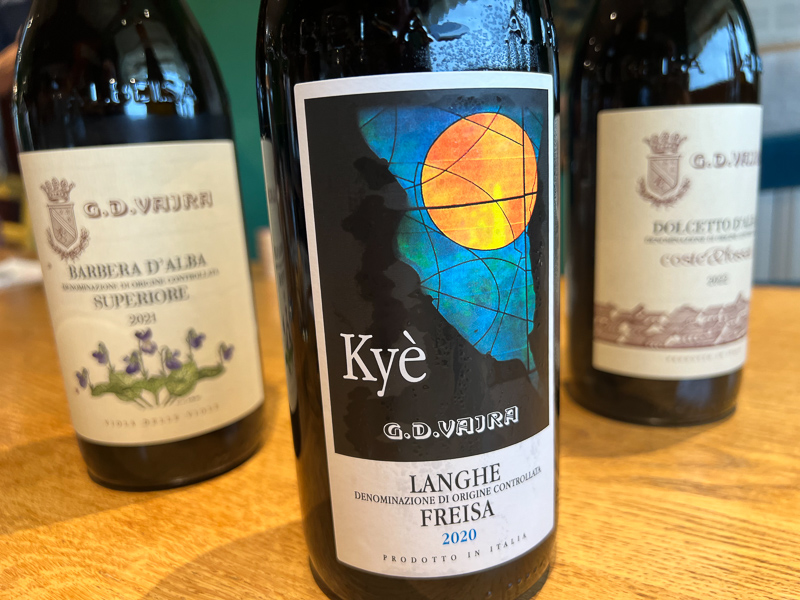
GD Vajra Kyè Langhe Freisa 2020
‘A century ago this was the third-most planted grape in the region, and most was used for red vermouth production. Then prohibition caused a lot of companies to go background. Freisa has lots of tannins, big pips and high malic acid content, and it looks very close to Nebbiolo (it is related), with much longer stems. Freisa therefore exposes the slope: life with a convertible, some days great, some not so great.’ Lovely fresh, bright red cherry and plum fruit with a touch of cream and spice under the vivid raspberry and black cherry fruit. Lovely elegance and texture here with firm tannins on the finish. 94/100
The 2019 vintage
‘To me the turning points of the vintage were the flowering,’ says Giuseppe. ‘Whatever happens between June and September, some of the personality of the wine depends on what happens during flowering. Abundant flowering gives bright red fruited wines with good acidity. 2004, 1008, 2012. Limited flowering, the wines tend to be more structured: this is the case in 2019. Cold weather during flowering. A couple of heat spikes, but this wasn’t a hot vintage. It was cloudy in August, resulting in lower alcohol levels and sustained acidity.’

GD Vajra Albe Barolo 2019
Albe is an anarchist Barolo, with a coloured label, but it is a tribute to tradition, inspired by the great wines of the past. It’s a blend of high elevation vineyards from the village, fermented with partial submerged cap. Pure, light, elegant and with nice crunchy, perfumed red cherry fruit with some raspberry, and lovely floral hints, as well as nice structure. Such purity and precision, and with drinkability. 95/100
GD Vajra Coste di Rose Barolo 2019
1 m of pure sandstone here. One of the rarer soil types in the Barolo region. It gives a lighter palate with forward greener tannins, not heavy ones, but also rose cherry and mint aromatics. This is remarkable: red cherries, redcurrants and notes of mint and pepper, with some rose petal floral notes. The tannic structure is really interesting: it’s present, but not at the end, rather in the middle of the palate. So fine, pure and elegant with beautiful red fruits but also potential for development. Very fine and refined. 97/100

GD Vajra Ravera Barolo 2019
An amphitheatre vineyard. The shape of the hill has an effect on the personality of the wine: it retains heat, which provides mid-palate juiciness. The soil is like a lasagne with marl, then thin stripes with oxidised iron. Lovely aromatics here with sweet cherries and strawberries, leading to a rich, concentrated palate with bold, dense, but fresh raspberry and cherry fruit, with firm tannins under all the fruit. Grainy, detailed, with notes of blood and iron, and lovely acidity. There’s a weight and concentration to this wine. Lovely. 96/100

GD Vajra Bricco delle Viole Barolo 2019
This was the most western and the highest part of Barolo (historically before the new vineyards were allowed). This vineyard goes from 380-480 m, and it’s a promontory, so it gets the wind blowing through it and gets more light. This is tensile and elegant, but also structured with lovely finesse and purity to the red cherry and plum fruit, with a touch of raspberry, and lovely grip. There’s great precision here with a sense of elegance, but it’s not light or lacking in flavour. Very fine and with massive potential, but you can approach this young. 96/100
Giuseppe matched each of these Barolo vineyards with music:
- Rose is Beach Boys – a flair, a happiness, a sunny quality
- Ravera is Led Zepplin – the iron oxides are like a distortion pedal on an electric guitar
- Bricco del Viole – Pink Floyd.

Liugi Baudana Baudana Barolo 2019
This is a family project. Baudana is the name of the family, and the vineyard. They were getting old and retiring, and everyone wanted to get their vineyards, but the Vajras befriended them, and promised to keep their heritage while making their wines in their cellar in Serralunga. Total production of 600 cases. This is two different soil profiles. Fine and sappy on the nose with sweet cherries and plums, as well as redcurrants. Nice green hints, and quite elegant. Pure, elegant and fine on the palate with a lovely acid line and some chalky, mineral hints. Such purity and finesse to this wine, with elegance. Quite thrilling. 96/100
Liugi Baudana Cerreta Barolo 2019
Supple, fine, fresh and elegant with bright red cherry and raspberry fruit, as well as some subtle green hints on the nose. The palate is juicy and vivid with fresh redcurrant fruit and nice grippy structure, showing purity and finesse, and good acidity. So fine and pure with lovely precision, and it’s still really youthful and brisk. Has massive potential. Very fine. 97/100
GD Vajra Moscato D’Asti 2022
5.5% alcohol. Old vineyard. This is bright, vivid, grapey and bold with nice freshness. So expressive with good acidity countering the sweetness, and such purity to the fruit. Vibrant and delicious. 89/100

